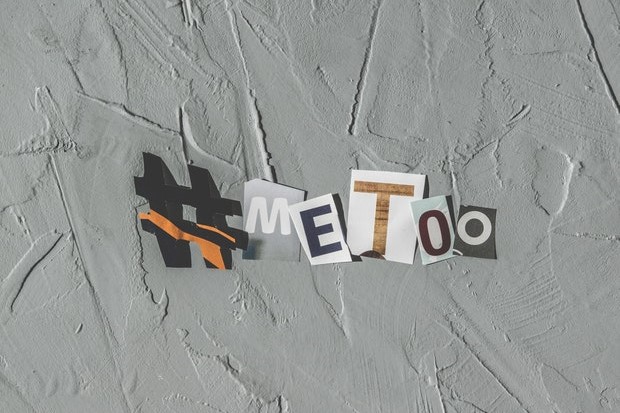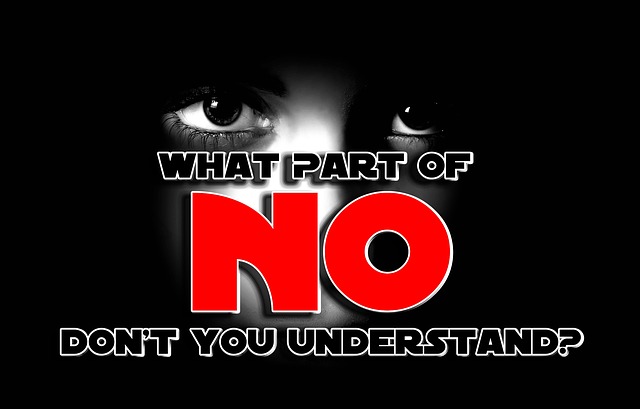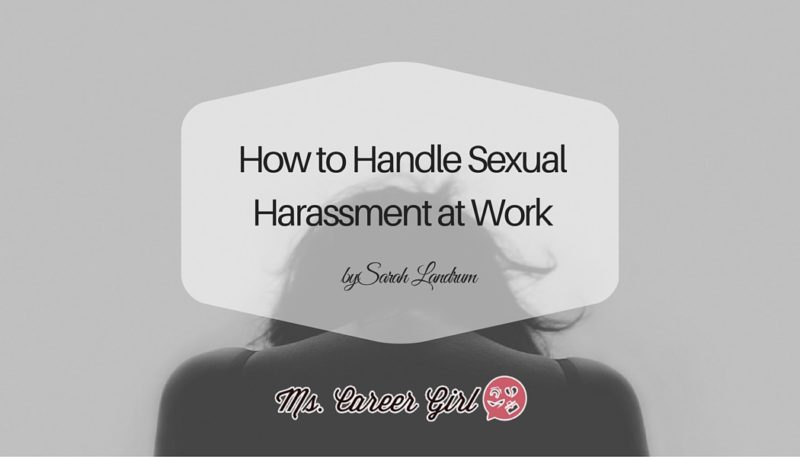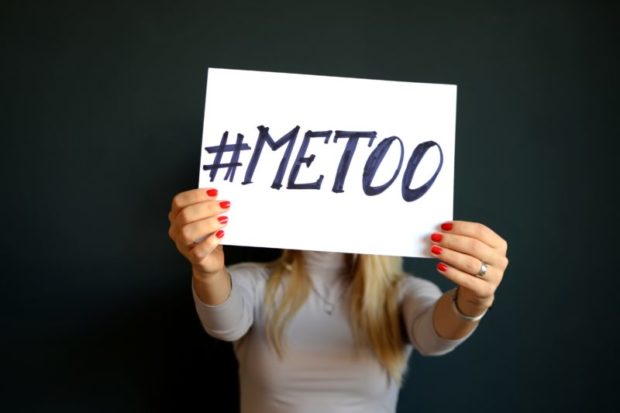Sexual Harassment – What it Is and What it Isn’t

If you run or manage a small or medium sized business, you’re probably very aware of the increasing number of sexual harassment claims in the last couple of years. While it’s only one part of what the insurance industry covers under the heading of employment practices liability insurance (EPLI), we’ve all been sensitized to it. And it’s critical to the survival of your business that you understand what is and what isn’t sexual harassment.
There are plenty of gray areas that would be fodder for a team of attorneys. But there are also behaviors that virtually everyone would agree are unacceptable. Here’s a look at the basics of what you should know.
Sexual Harassment – What it Is and What it Isn’t
Workplaces are not socially sterile environments. It’s only natural that casual, friendly interactions and conversations take place daily. After all, we’re not robots. But a level of mutual respect and social decorum is expected at all times. Specifically, the U.S. Government Equal Employment Opportunity Commission says:
“It is unlawful to harass a person (an applicant or employee) because of that person’s sex. Harassment can include “sexual harassment” or unwelcome sexual advances, requests for sexual favors, and other verbal or physical harassment of a sexual nature.
Harassment does not have to be of a sexual nature, however, and can include offensive remarks about a person’s sex. For example, it is illegal to harass a woman by making offensive comments about women in general.”
What about occasional offhand comments? The key is “occasional.” When the comment is made repeatedly, it can easily drift into being harassment. That’s especially so if the offended person has made it clear they do not like the comment or that it makes them feel uncomfortable. Best practice: treat others the way you want to be treated. Or they way you’d want your spouse or child treated.

From a legal standpoint, the standard is “what would a reasonable person do or expect?” So the mere act of giving a brief hug one time is probably not harassment. Continued, especially when called out as not acceptable, would move the action into the category of “pervasive,” which might be considered harassment.
How To Protect Your Business
First and foremost, employee awareness training is essential. This accomplishes two important objectives:
- It’s permanent evidence that an official company policy exists and that it’s been communicated
- It makes all employees more conscious of their actions and how they might be perceived.
USA Today suggests the following five points in setting up a sexual harassment training:
- Require in-person attendance. Don’t just include a page in their employee handbook.
- Allow plenty of time for discourse. Open and candid discussion can help erase those “gray areas.”
- Make sexual harassment training continuous. Employees come and go, and they forget.
- Keep it professional and current. Get an expert if you don’t feel qualified.
- Make it about behavior. Clarity about what is and isn’t sexual harassment makes for better understanding.
In today’s litigious world, there’s seemingly an endless number of liability exposures for the typical business. As part of the coverage offered under EPLI, a broad range of potential employee/employer liability is covered. So it’s a good idea to discuss such coverage with your insurance agent.
The bottom line: being proactive is the best policy.
This guest post was provided by Sam Meenasian

Sam Meenasian is the Operations Director of USA Business Insurance and BISU Insurance and an expert in commercial lines insurance products. With over 10 years of experience and knowledge in the commercial insurance industry, Meenasian contributes his level of expertise as a leader and an agent to educate and secure online business insurance for thousands of clients within the Insurance family.



